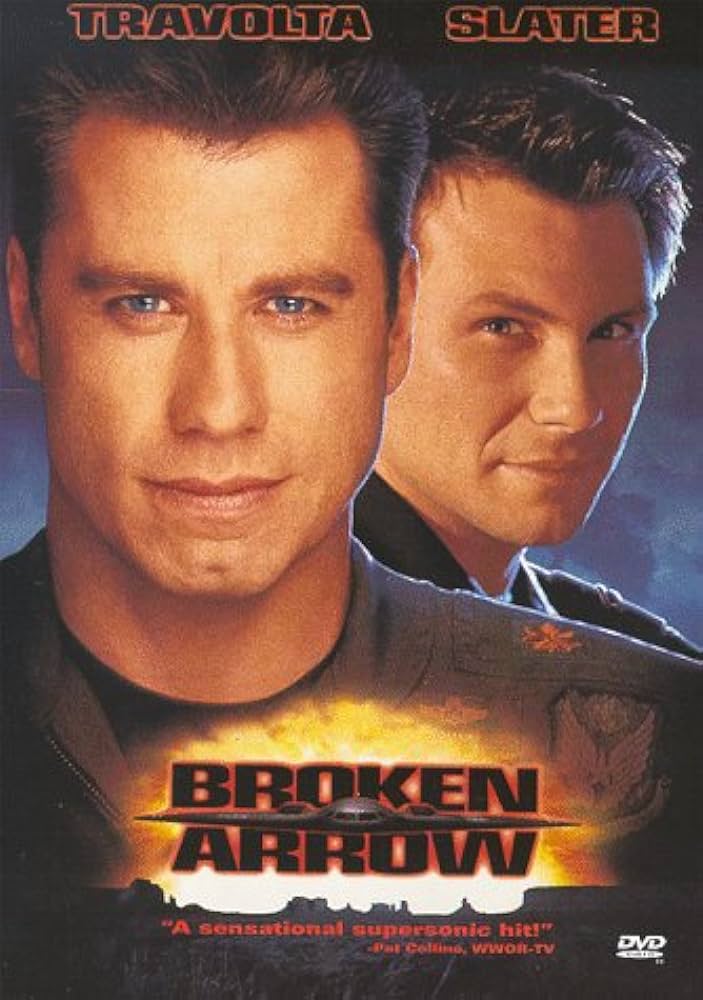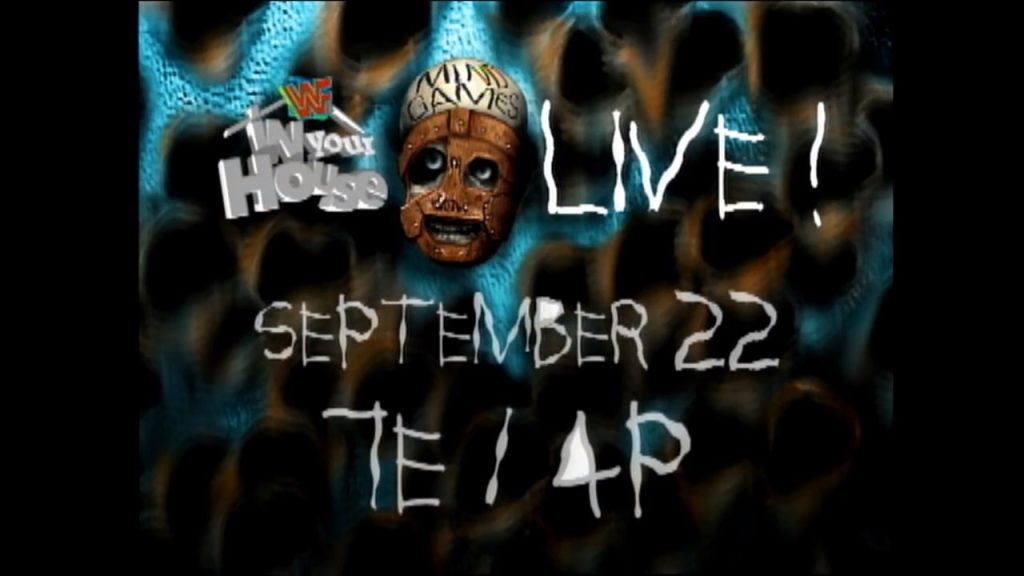“Broken Arrow” (1996): John Travolta and Christian Slater – Film Review

“Broken Arrow,” not to be confused with a term of endearment for a misplaced archery set, refers in military jargon to the scenario where nuclear weapons are missing, and oh boy, does this 1996 action thriller have a field day with it. Helmed by action connoisseur John Woo, who brought his bullet ballet sensibilities from Hong Kong to the mesas of the American Southwest, the film dives into the deliciously over-the-top realm where explosions are abundant, and logic is on vacation.
Dueling Performances in a High-Stakes Dance
Central to “Broken Arrow” is the dynamic between Christian Slater’s earnest but outgunned Park Ranger, Captain Riley Hale, and John Travolta’s mustache-twirling turn as the traitorous Major Vic Deakins. Travolta chews scenery with the gusto of a man who knows the movie is his personal playground, reveling in one-liners that toe the line between charmingly corny and “Did he really just say that?” Meanwhile, Slater does his best to keep up, imbuing Hale with a mix of bewildered heroism and action star grit.
When Woo Met Hollywood
John Woo’s direction is a mix of his signature stylistic flourishes—think doves in slow-motion and gunfights resembling a lethal dance—and Hollywood bombast. There’s an odd beauty to the chaos he creates, a meticulous construction of set pieces that serve as the film’s backbone. Behind the scenes, Woo was tasked with marrying his unique visual flair with the expectations of an American audience. This sometimes led to creative conflicts, particularly with Hollywood’s less poetic, more blunt approach to storytelling.
Boom Goes the Dynamite
Action sequences are where “Broken Arrow” shines like the glint off a helicopter blade (of which there are many). The stunt work, coordinated by a team led by veteran Mic Rodgers, is a high-octane joyride of mid-air brawls and subterranean showdowns. Practical effects were pushed to the limit, with anecdotes of the crew using over 60,000 gallons of fuel for the film’s myriad explosions, ensuring that each fireball was as authentic as it was environmentally concerning.
Script and Subtext (Or Lack Thereof)
Graham Yost, fresh off the adrenaline hit “Speed,” penned the screenplay with a sense that subtlety is for the weak. The dialogue oscillates between macho posturing and cartoon villain monologues. While the film doesn’t pretend to be anything more than a glossy actioner, the moments where it tries to inject depth or complexity feel about as genuine as Deakins’ patriotism.
Cinematography: Through the Lens of a Gun Barrel
Director of photography Peter Levy deserves kudos for translating Woo’s kinetic vision onto the rugged landscapes, crafting a visual experience that’s as slick as it is shallow. Levy’s work ensures that the viewer is never far from the next visual thrill, be it a train derailment or a stealth bomber gliding ominously through the desert sky.
Music to Blow Stuff Up To
Composer Hans Zimmer brings his bombastic A-game, delivering a score that is one part military march, two parts Hollywood spectacle. Each cue seems to amp up the stakes, whether it’s necessary or not, leading to a soundscape that’s relentlessly intense.
Cultural and Critical Impact
Upon release, “Broken Arrow” was met with the kind of mixed reception that action films often receive: praised for its visceral thrills, critiqued for its intellectual void. Over the years, it has settled comfortably into the category of “guilty pleasure” for many, a film that’s aware of its ridiculous premise and unafraid to run with it.
Legacy of a “Broken Arrow”
While “Broken Arrow” may not have left an indelible mark on the cinematic landscape, it certainly has its place in the pantheon of ’90s action flicks. It’s the kind of movie that begs not to be taken seriously, a cinematic equivalent of a cheese-stuffed crust: you know it’s a bit much, but sometimes that’s exactly what you’re in the mood for.
In essence, “Broken Arrow” is a product of its time, a period where action films were expected to deliver thrills by the truckload and leave nuance as the roadkill in the rearview mirror. It’s a rollicking, explosive ride that’s all surface, but what a gleefully glossy surface it is.




